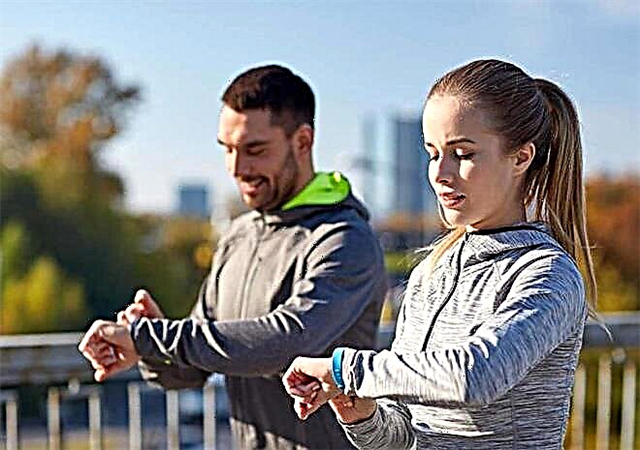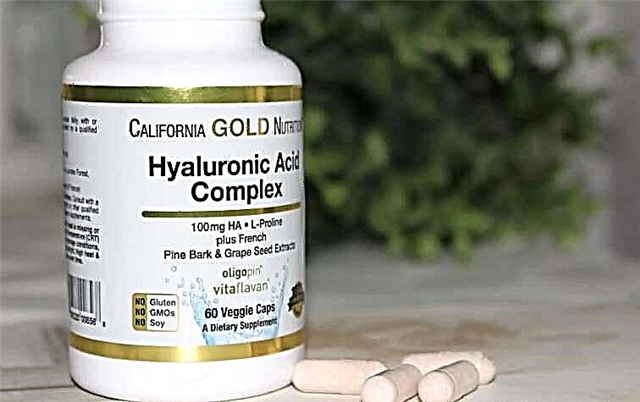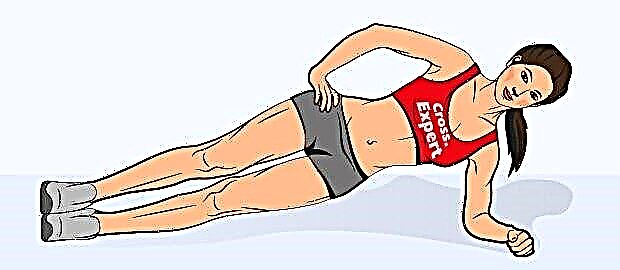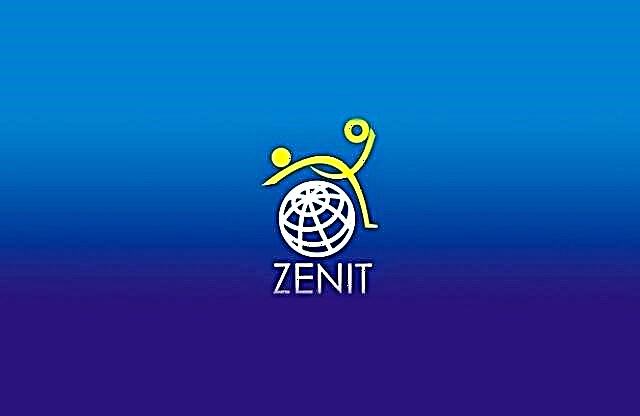There is a theory that the optimal cadence when running regardless of the pace is 180. In practice, most amateurs find it extremely difficult to develop such a cadence. Especially if the pace is below 6 minutes per kilometer.
When explaining and proving the feasibility of high frequency when running, they cite the example of elite athletes who, allegedly, always run with high frequency. And the tempo is regulated only by the length of the stride.
In fact, this is not the case. Firstly, elite athletes perform even light aerobic running at a pace that many amateurs do not even run in competitions. Secondly, if you look at the interval training of an elite athlete, it turns out that on tempo segments he really keeps a high frequency, around 190. But when he goes into the recovery period, then the frequency decreases with the tempo.
For example, at one of the workouts of the world record holder at the marathon Eliod Kipchoge, you can see without additional calculations that the frequency decreases when you switch to a slower run. The brisk running frequency in this workout is 190. The slow running frequency is 170. It is obvious that even a slow run has a very decent pace. The same goes for Eliud's training partners, who are also most likely world-class athletes.
So we can say that if one of the elite athletes always runs at the same frequency. Not everyone does it for sure. This means that the unambiguity of this statement is already beginning to raise doubts.
It is believed that frequency is an innate property. And during the time of working with amateurs of running as a mentor, you can only be convinced of this. Completely different people start running from scratch. And at the same slow pace, one runner can have a frequency of 160, and another 180. And often this indicator is influenced by the growth of the athlete. Thus, short runners tend to have a higher stride rate than tall runners.
However, growth and cadence are not proportional. And there are many exceptions when a tall athlete runs at a high frequency. And the short runner has a low cadence. Although denying the laws of physics is also pointless. It is not for nothing that very few distance runners are tall. Many elite athletes are fairly short.
But with all this, cadence is indeed an important parameter for running efficiency. And when we talk about running in competitions, a higher frequency can improve running economy. Which will directly affect the finishing seconds.

Elite marathon runners run their marathon at an average cadence of 180-190. Which suggests that at a sufficiently high speed, the cadence is really necessary. Therefore, the statement. That the cadence should be in the region of 180 strides per minute can be applied to competition speeds. Whether there is a need to apply this frequency to slow running is not known.
Often, an attempt to increase the frequency of running when the pace is low degrades the mechanics of movement and running technique in general. The stride becomes very short. And in practice, this does not give the same effectiveness in training. That is expected of her.
At the same time, too low a frequency, even at low rates, turns running into jumping. Which requires additional strength. Therefore, it is necessary to work on the frequency. And for a slow run, the frequency in the region of 170 will be, as practice shows, relevant and effective. But competitive speed is best performed with a frequency of 180 steps and higher.










